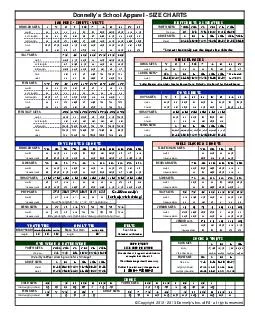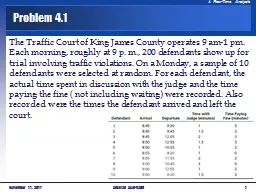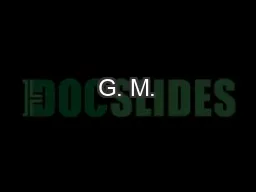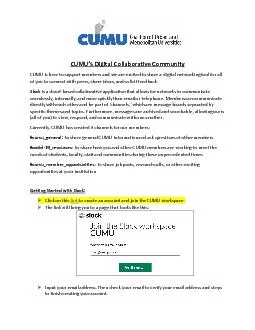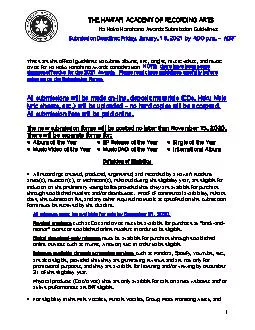PDF-Slack in the Labor MarketGauging how far the economy is from the Feder
Author : lois-ondreau | Published Date : 2017-02-22
6 P ART 1 R ECENT E CONOMIC AND F INANCIAL D E V ELOPMENTS rate may have in recent years because of a shift in the composition of the labor force toward individuals
Presentation Embed Code
Download Presentation
Download Presentation The PPT/PDF document "Slack in the Labor MarketGauging how far..." is the property of its rightful owner. Permission is granted to download and print the materials on this website for personal, non-commercial use only, and to display it on your personal computer provided you do not modify the materials and that you retain all copyright notices contained in the materials. By downloading content from our website, you accept the terms of this agreement.
Slack in the Labor MarketGauging how far the economy is from the Feder: Transcript
Download Rules Of Document
"Slack in the Labor MarketGauging how far the economy is from the Feder"The content belongs to its owner. You may download and print it for personal use, without modification, and keep all copyright notices. By downloading, you agree to these terms.
Related Documents


